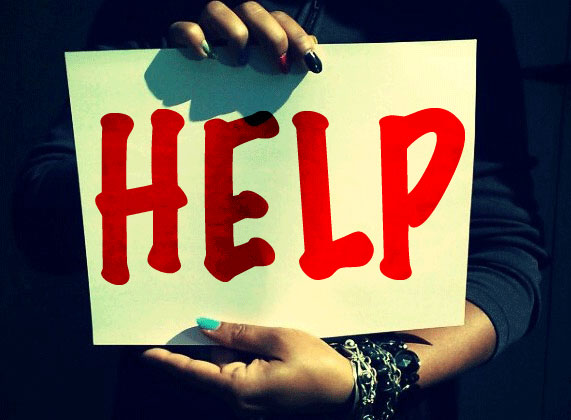To protect your kids against cyberbullying, you must take a proactive approach. Cyberbullying is like war with methods of attack and strategies of self-defense. Do not wait until the moment your child experiences online defamation and harassment to formulate a plan. In our award-winning cyberbullying guide for adults, Cyberslammed, we employ the strategic advice of a martial artist, who also happens to be a bullying counselor.
First, start with the basic strategies of self-defense.
How many digital devices does your child use? If you haven't already had a conversation with your child on what is considered acceptable and unacceptable behavior surrounding the use of these devices, start now. Likely you already own the devices and that's your leverage. Here's how one Massachusetts mom got her son to sign an 18-point agreement on the condition of receiving his new iPhone. Use her strategy to discuss cell phone and computer use with your child.
Next, get familiar with the most frequent apps and social media platforms your teen is drawn to. Learn how cyberbullying really works on these particular platforms. For example, Twitter is great for teen connection, but it is also being used as a "slut-shaming" tool and a virtual slam book. Don't know what these tactics are? Stay on top of it with our Hot Topics blog on the most common types of cyberbullying.
Next, have a talk about conflict. Conflict is the root of most cyberbullying situations and it is inevitable your child will be involved in conflict at some point with a friend, a boyfriend/girlfriend, a teacher or even a stranger. Whether your child is the target, the instigator or caught in the cross-fire, "pre-playing" the potential outcomes to the conflict is key. My mother used to call this the "What would you do?" game. What would you do if a rival called you a "slut" on Facebook? What would you do if your XBox gaming buddy tried to get other multi-players to gang up on you online? The key to heading off cyberbullying is building a plan of action...not reaction ahead of time.
Do you see now why "telling an adult and saving evidence" is practically useless advice if the adult in the situation still has no idea what to do? We encourage adults to approach a cyberbullying incident exactly the same way we instruct kids:
Cool Off: Take time to cool off and talk it through before making an emotional snap judgment about the cyberbully’s actions. The emotional mind works much faster than the rational mind and skips important steps when you are angry and upset. Don’t react when you are in “flight or fight mode” out of defensiveness and anger and wait until your rational mind has had a chance to catch up.
Gather Perspective: To get to the bottom of the issue, gather additional perspective from as many other students and adults who were directly involved. When dealing with the cyberbully's parents, acknowledge that you are presenting your kid’s “truth” and don’t make assumptions until you’ve heard the other “truths” to the story as well. Remember: what may at first appear to be clear-cut may, in fact, only be a snapshot in an ongoing, more complicated conflict.
Make A Plan: Depending on the severity of the cyberbullying incident, find your allies, from school authorities to website/service providers to counselors to the child's own peers. In severe situations, you may also need to get the police or even an attorney, involved. This option needs to be carefully considered when there is serious harassment/threats, criminal behavior, extortion, obscene or harassing phone calls/texts, stalking, hate crimes, child pornography, sexual exploitation, or when the target’s photograph has been taken in a place where he or she would expect privacy and is now being misused.
As you work with others to resolve the cyberbullying situation, make sure your child never tries to "fight fire with fire" by responding to the online attack with a counter attack, for this will only worsen the situation and muddy the waters in determining who is culpable for cyberbullying.
Finally, experts in our book say the way to build your child's resiliency throughout an attack is be a support for him or her daily. Inviting peer support during this time is also crucial to getting through a traumatic incident.
Every cyberbullying situation is different, but this advice goes beyond the surface in helping you and your child be proactive. To learn more, including how to join our free monthly webinars, visit: www.cyberslammed.com
Kay Stephens is the co-author of the award-winning cyberbullying book Cyberslammed, sponsored by Time Warner Cable. Her latest tween cyberbullying e-book Ethel Is Hot LOL (Amazon $4.95) features Ethel, a smart-but-oddball 12-year-old who wants to be a NASA psychologist. Ethel finds herself blindsided by two girls looking for YouTube fame until she figures out a way to turn the media tables and get her reputation back.

 RSS Feed
RSS Feed